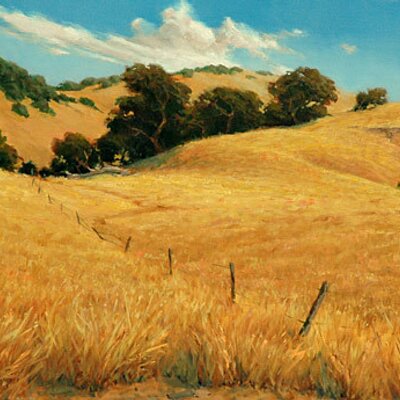Many have asked over the past months, why availability of used wine barrels has become poor, while prices have risen. The short answer is, well, there really isn’t a short answer.

To put it simply, several forces have been brought together to create this problem.
The most obvious answer to why there is a shortage of used wine barrels is due to winemaking, or rather the increased production and sale of wine, especially here in the United States. Wine consumption is at an all-time high in the U.S., therefore wineries are increasing output and in-turn retaining and using barrels longer. Add to that, the fact California grape productions has been huge over the last few years, which has vintners hedging their bets and holding onto barrels that would otherwise be retired. It’s a little more complicated than that, but essentially, barrels were being hoarded by wineries.
Spirit makers
Now grape production has slowed a bit in California due to the drought, which we’ve discussed in prior stories. Okay, so where are those barrels? That’s another reason used wine barrels are more rare: spirit makers are buying up those used barrels from the Golden State for increased production of different alcohols including whiskey. Couple that with more craft brewers using more used wine barrels – like local brewery Firestone Walker – and voila, barrels disappeared from the barns of wineries at alarming rates.
These aren’t the only reasons that barrels are harder and harder to find. The furniture business has exploded with used wine barrels being taken apart to be re-crafted into a menagerie of furnishings such as chairs, which are extremely popular. Also, art-based fixtures like lighting and more simpler ideas such as pots and pan holders, plus more common uses like hat and coat hangers with staves have burst on the scene.
We at Paso Wine Barrels are always searching and sometimes we have to limit the sale of used barrels so we have enough to make our popular Decorative barrels. In two years, we’ve had a couple one-month spells where there weren’t enough barrels to go around. The industry will ebb and flow with availability a matter of timing as to who has barrels and who doesn’t.
A few years ago, it wasn’t unusual for used wine barrels to be free to pick up. Those days are long gone.
Additional sources: Wine Institute
Cheers,
Daryle W. Hier
.



 Cuts
Cuts












